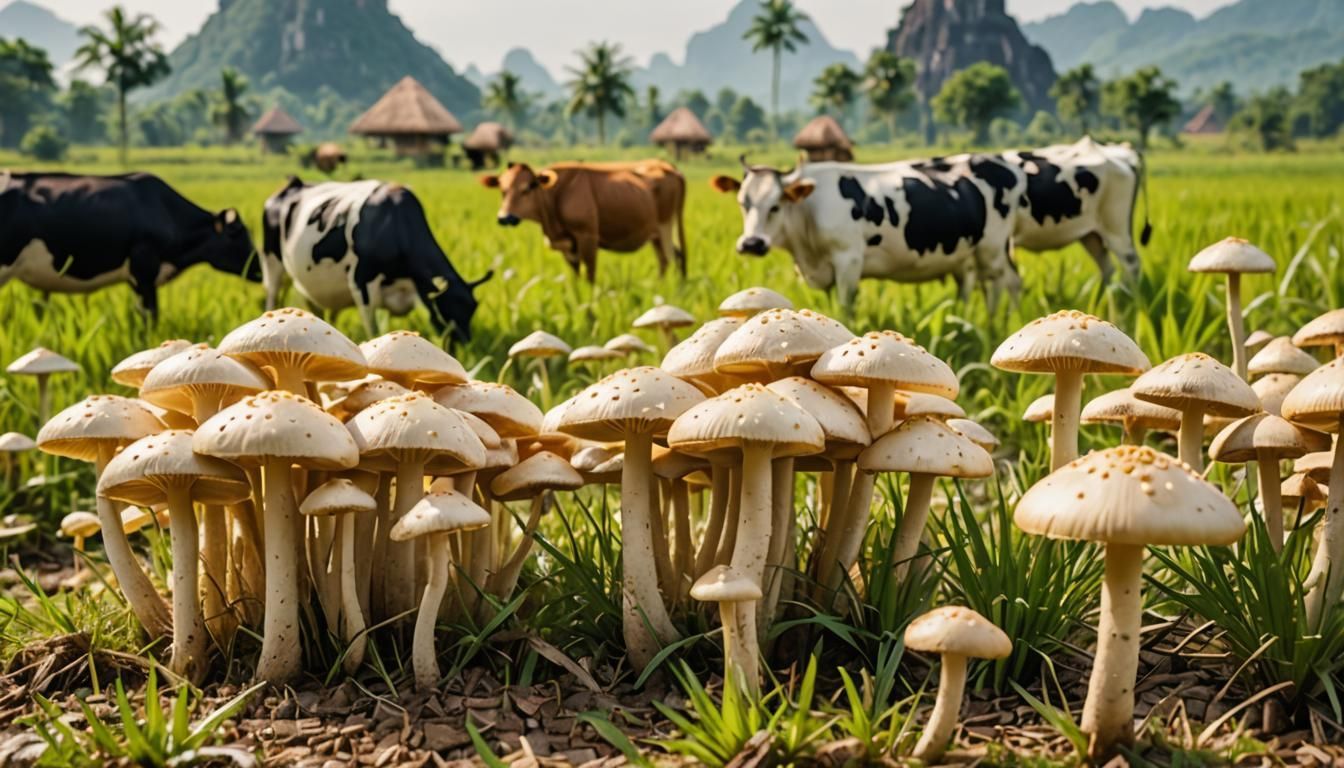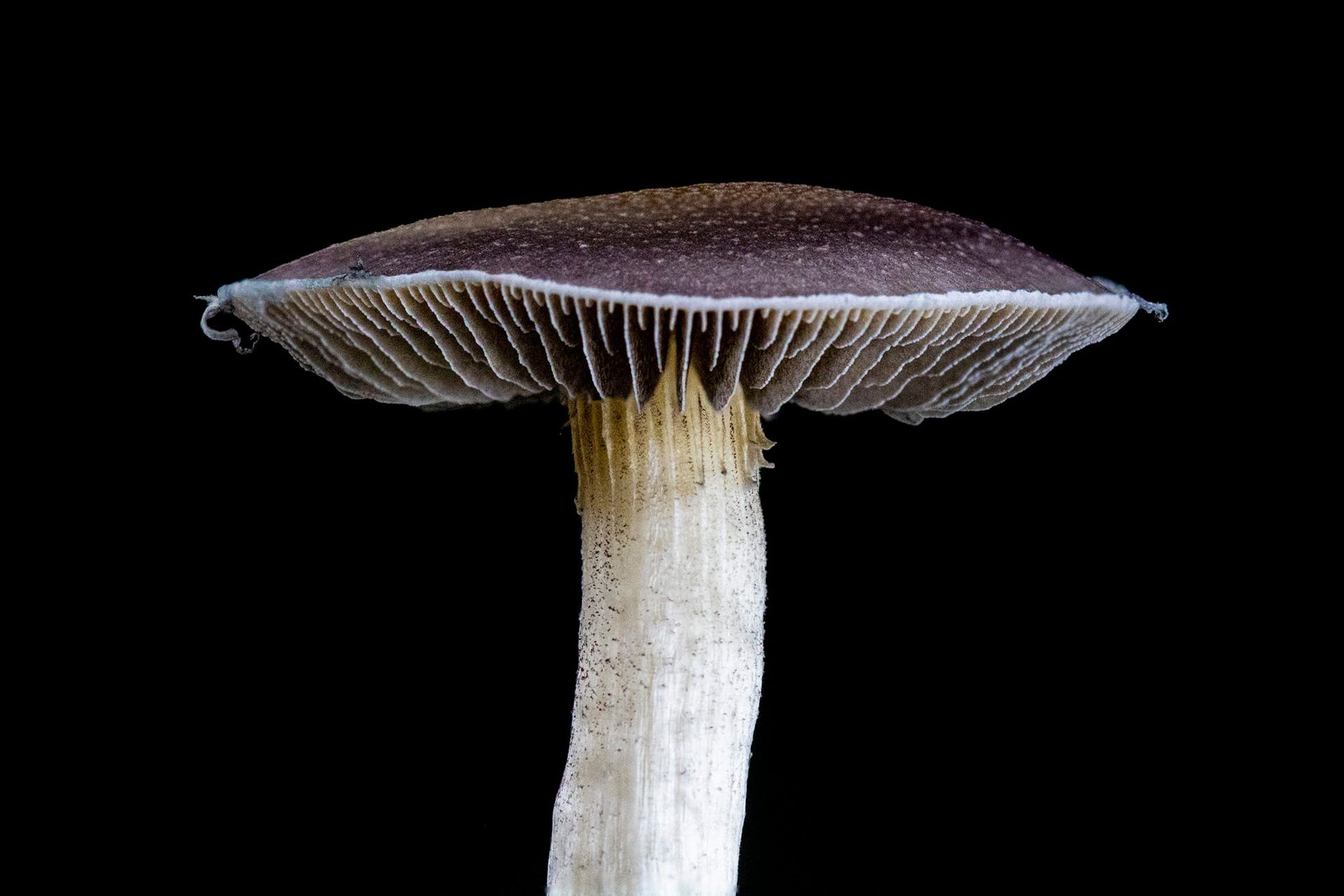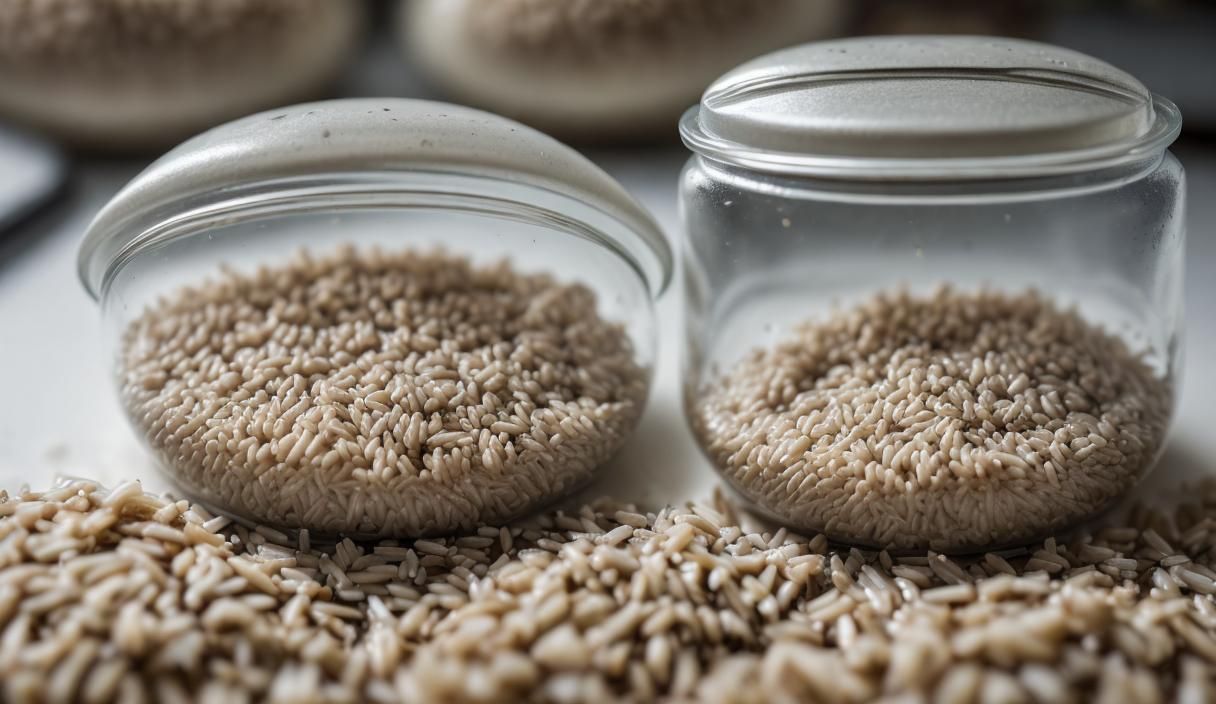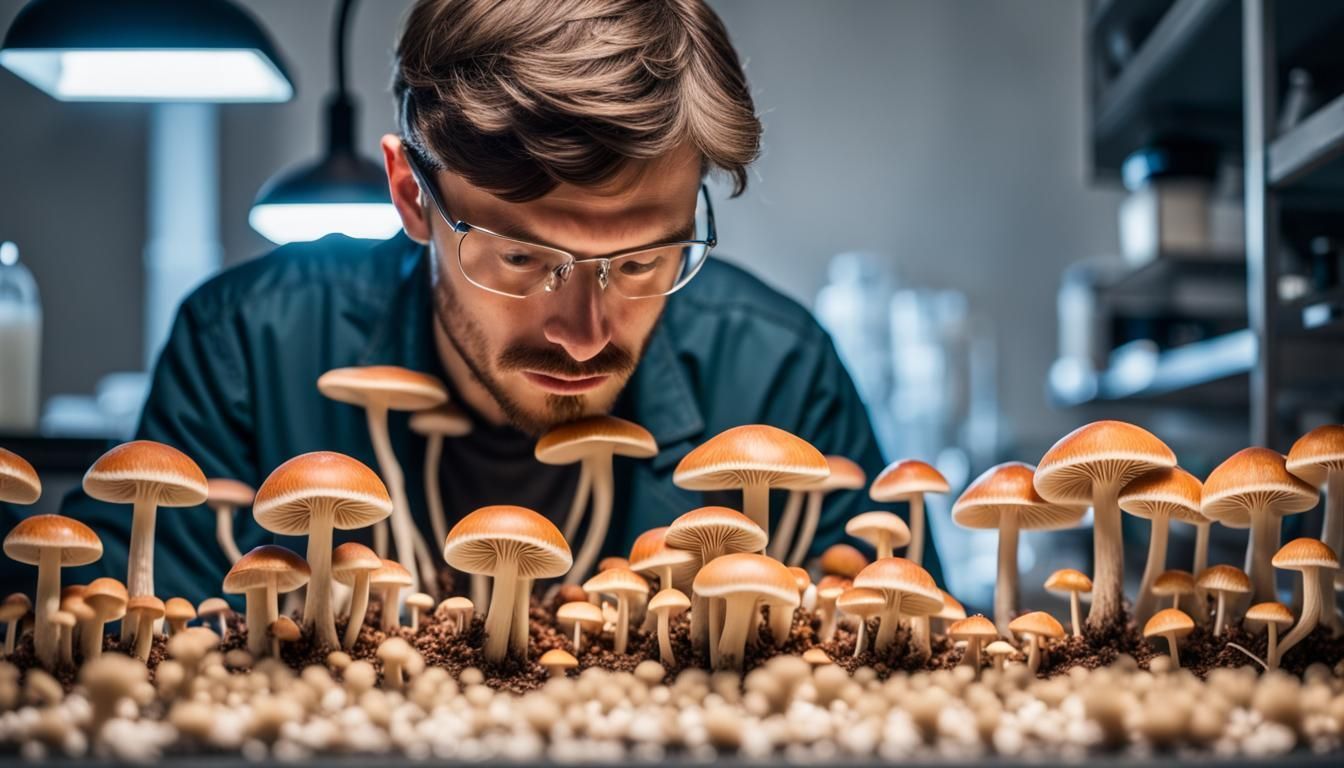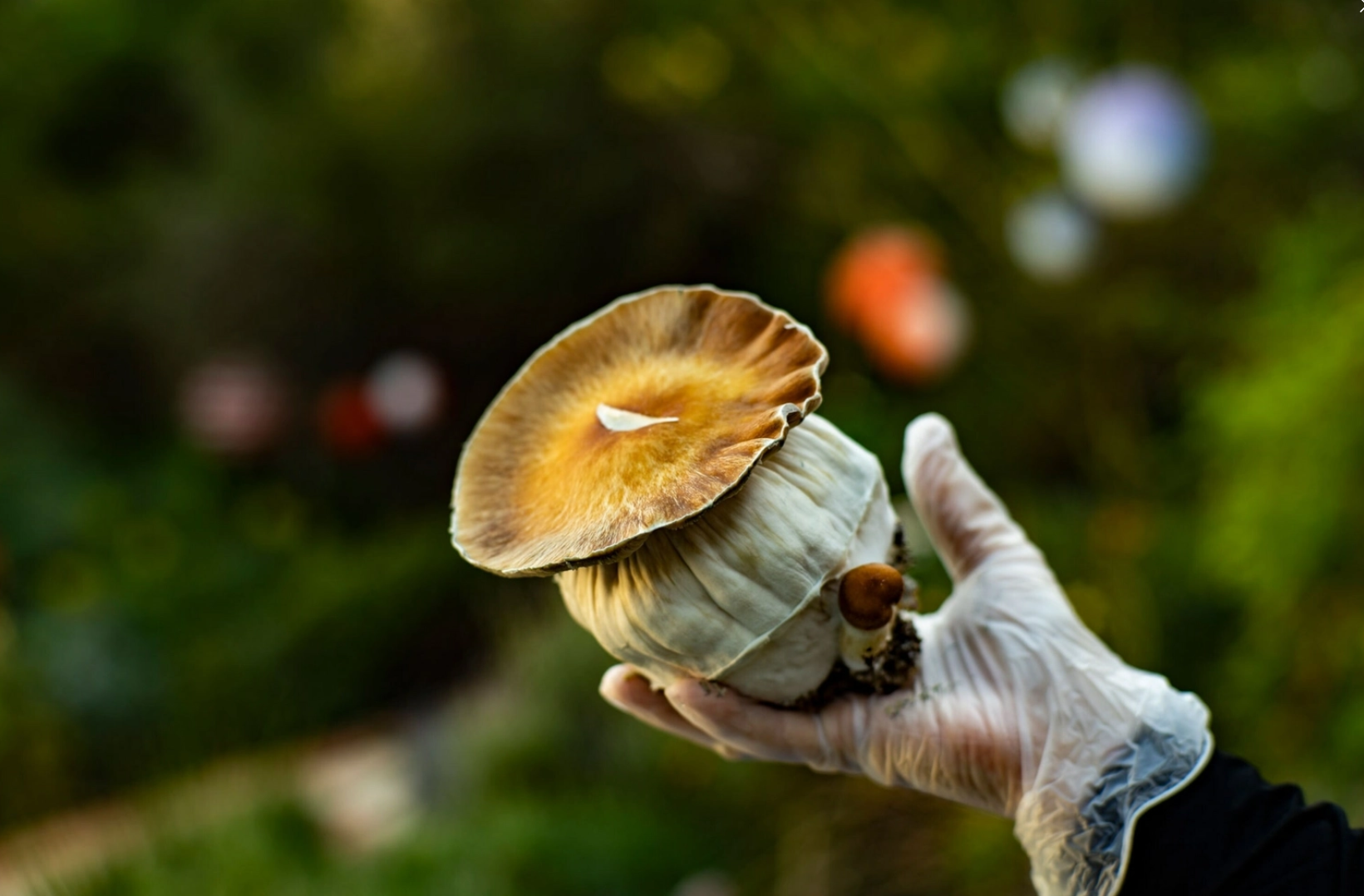Mushroom Cultivation: An Improved Technique for Optimal Growth

Growing mushrooms is as much an art as it is a science. Here's an enhanced approach to ensure a successful harvest based on established practices:
Spore Collection and Agar Transfer:
Begin with a spore-to-agar transfer, ensuring it remains uncontaminated throughout the process.
Oat Spawn Preparation:
Use 5 quarts of oat spawn. A popular and effective method is BOD's Easy AF Oat Prep Technique, which offers a straightforward way to prepare the oat spawn.
Damion5050's Bucket Technique:
Transition the prepared oat spawn into Damion5050's coir bucket technique. This method optimally conditions the mycelium for the next step.
Monotub Formation:
Prepare a 55-60 quart monotub (the size can vary based on preference). Incorporate the nuances from Spitball's Monotub Design, adjusting the size as required.
For ventilation, attach 1.5 strips of micropore tape on the lower four holes and a single strip on the top holes. Hole sizes can range between 1.75" to 2.5" depending on the ambient climatic conditions of the growth environment.
Additional Resources and Tek Links:
- Agar Technique:
Pastywhytes Agar Technique
- An adjusted method using alternate containers can also be found
here.
- Monotub Principles:
Spitballs Basic Principles of a Monotub.
- Oat Preparation:
BODS EASY AF Oat Prep Technique.
- Coir Preparation:
Damion5050's Basic Coir Bucket Technique.
- Sterility Practices: BOD's Principles for Maintaining Sterility.
Phenotype Isolation and Genetic Selection:
Cultivating a high-yielding strain of
mushrooms involves isolating strong fruiting phenotypes. While not a seasoned cross-breeder, this method has proven to be efficient and organized:
- Labeling: Label each swab package with numbers corresponding to individual phenotypes. Each swab will collect spores from a distinct fruit.
- Photo Documentation: Photograph the mushroom intended for swabbing next to its corresponding numbered swab set for future reference.
- Swab Collection: Use both swabs to collect
spores from a single fruit. Store one swab while using the other to inoculate a fresh agar plate.
- Cloning: Divide the mushroom and use a sterilized scalpel to extract a four-piece clone, placing these on a single agar plate in a square pattern.
- Sealing and Labeling: Seal the
swab and agar plates securely, marking them with relevant details like date, generation number, and agar mix.
- Culturing: Cultivate each plate until the desired phenotypes manifest. If they don't, discard the
cultures and focus on the successful ones.
- Repetition: As you achieve success, the process can be addictive. As the growth becomes exponential, you might find yourself compulsively collecting phenotypes. However, always ensure a balance to prevent being overwhelmed.
By meticulously following these enhanced steps, you set yourself on a path to cultivating mushrooms successfully, yielding strong and healthy fruits.
Get high quality spore syringes <
Worldwide shipping spore prints <
Mycoblog - Info and articles about the world of fungi

All Rights Reserved | Myco.ca
